Python to enhance peaks-and-troughs
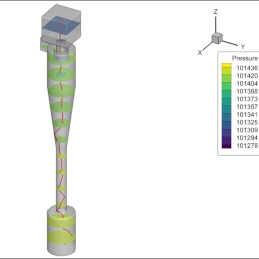
“can be challenging to see this visually”
Turbulence, revisited
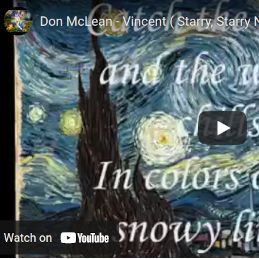
“mesh generation exists to make turbulence modeling seem respectable by comparison”
STEP vs. IGES
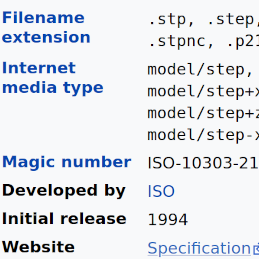
“IGES [has] been found to be restrictive”
DOE: Summarize, Extract, Compare
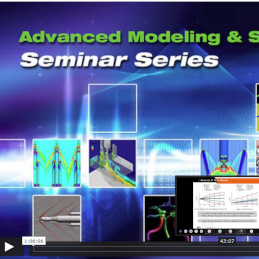
“needs about 10 thousand individual CFD solutions”
Proximity Based Refinement and The Size Field
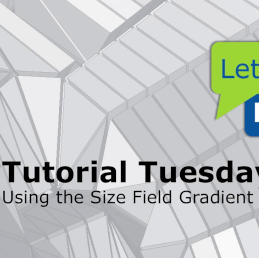
Tolerances – hidden details
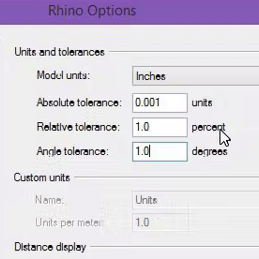
“Many modeling programs don’t allow you to set your tolerances.”
Comparing Simulation and Test
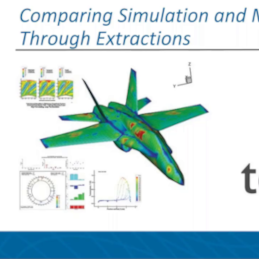
Overset Grids
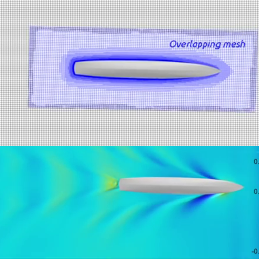
“The key element is in arbitrary overlap”
Know Your Meshes
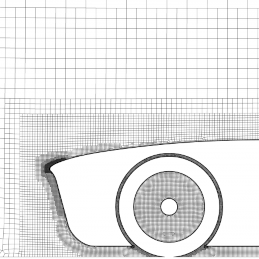
“highly comfortable due to its technology”
Greek text in Plots
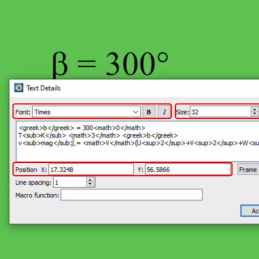
“[L]ess likely to be confused with the language text”

